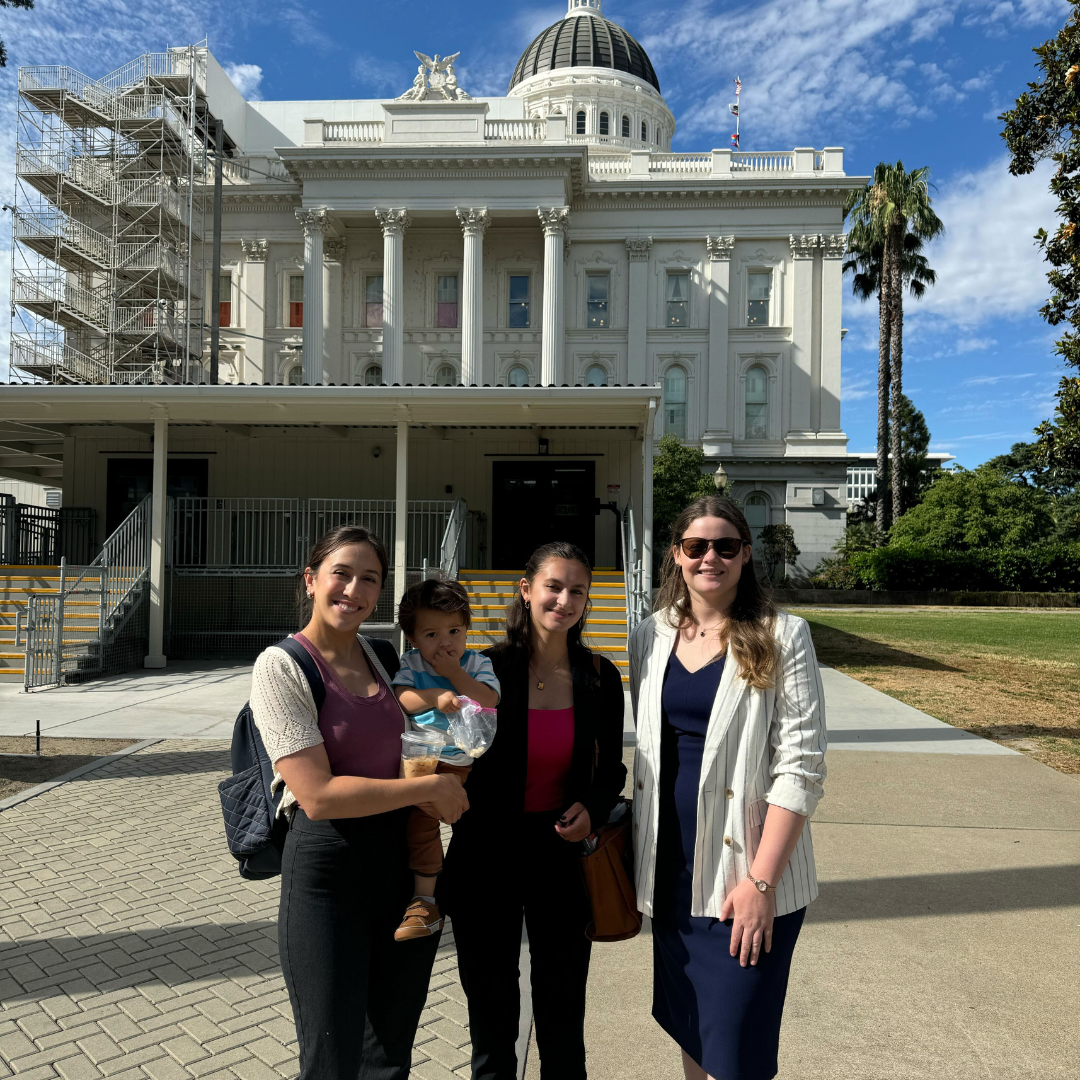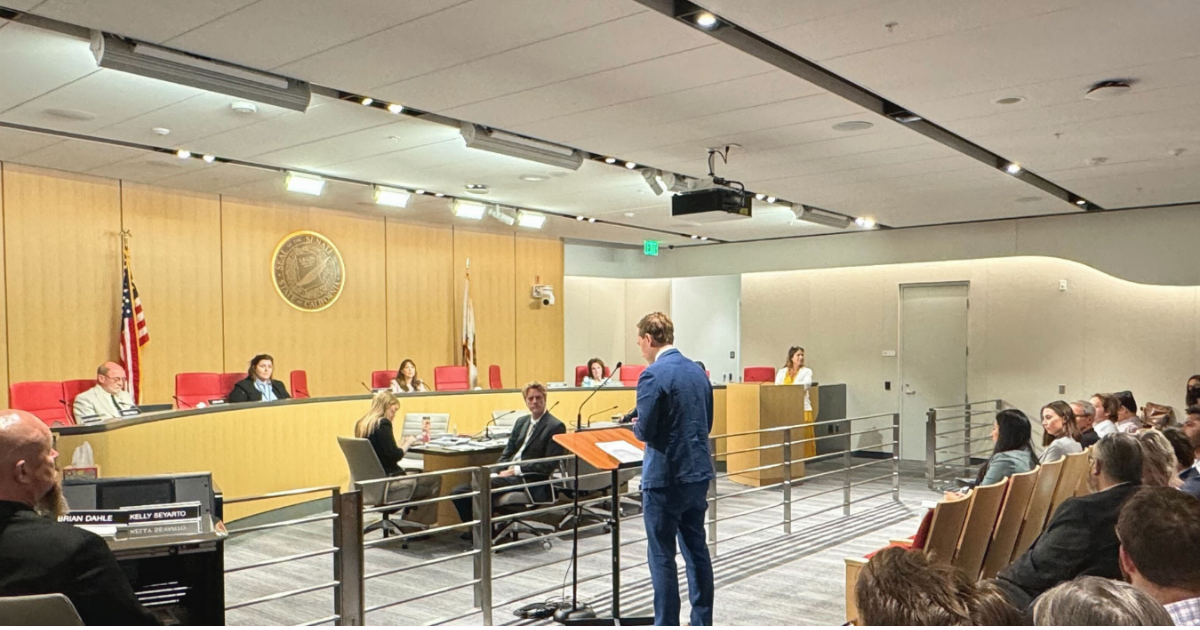Victory for California’s Water Security: AB 460 Signed into Law
We're thrilled to announce a significant win for our state's freshwater ecosystems. Governor Newsom has signed Assembly Bill (AB) 460 into law, a bill we proudly co-sponsored alongside Trout Unlimited and the Planning and Conservation League. This landmark legislation, authored by Assembly Member Rebecca Bauer-Kahan, marks a crucial step forward in protecting California's precious water resources.

What AB 460 Means for California's Watersheds
AB 460 addresses a critical gap in our state's water management by substantially increasing the fines that the State Water Resources Control Board can impose on illegal water diverters. This is particularly important during critically dry years in sensitive watersheds, where every drop of water counts.
Previously, the penalties for illegal water diversion were so minimal that they could be easily disregarded, essentially creating a loophole in our water protection efforts. AB 460 closes this loophole, giving real teeth to existing laws and providing a powerful deterrent against harmful water use practices.
CalTrout's primary focus in supporting this bill was to discourage illegal water diversions during curtailment actions, which harm both fish and downstream water users. These diversions pose an existential threat to our state's already limited water resources, particularly during drought conditions when our rivers and streams are most vulnerable.
A Step Towards Sustainable Water Management
By providing the State Water Board with the ability to leverage meaningful deterrents against illegal water diversions, AB 460 helps secure water supplies for communities throughout California. This is a critical step towards more sustainable water management in our state.
We at CalTrout understand that effective restoration is not possible without supportive policy. AB 460 is a prime example of how we're working to elevate freshwater conservation priorities to state decision-makers, ensuring that our on-the-ground restoration efforts are backed by robust legislative support.
Check out this article by the LA Times to learn more: New California water measures aim to increase fines for violators, protect wetlands





